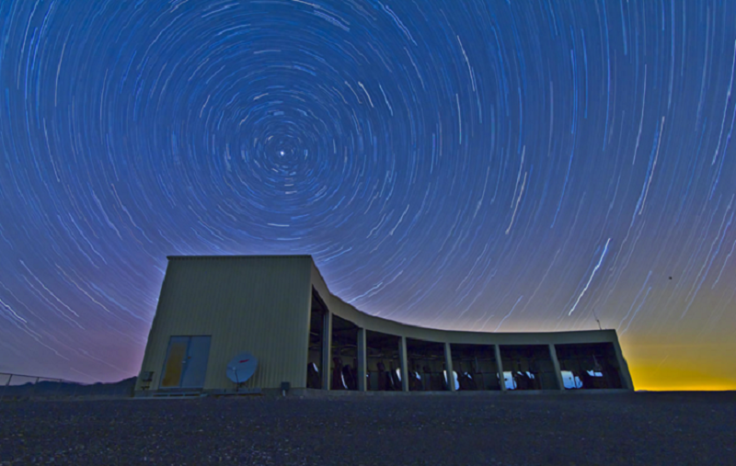Big Dipper Hotspot Gives Insight into Solving Century-Long 'Oh My God Particle' Cosmic Ray Mystery

Astronomers have discovered a hotspot located in the Big Dipper constellation that is emitting powerful cosmic rays, helping scientists solve the 100-year-old mystery of the origin of high-energy radiation.
The hotspot is below the "handle" of the Big Dipper, known as the Plough, an arrangement of seven stars within the Great Bear constellation.
"This puts us closer to finding out the sources — but no cigar yet," Gordon Thomson, of the University of Utah, told Space.com.
Thomson is the co-principle investigator for the Telescope Array cosmic ray observatory in southern Utah in the US, which discovered the hotspot.
"All we see is a blob in the sky, and inside this blob there is all sorts of stuff — various types of objects — that could be the source," he said, as reported in The Independent. "Now we know where to look."
Gordon worked with an international team of scientists to capture 72 ultra-high-energy cosmic rays with the Telescope Array over a period of five years.
The hotspot region of the sky lies near the supergalactic plane, which contains local galaxy clusters, such as the Ursa Major cluster, the Coma cluster and the Virgo cluster.
If powerful cosmic ray sources spread evenly across the sky, the resulting waves should also be evenly distributed. Instead, 19 of the detected signals came from a 40⁰ circle that makes up only 6% of the sky.
"We have a quarter of our events in that circle, instead of 6%," said collaborator Charlie Jui, of University of Utah.
While lower-energy cosmic rays come from the sun and other stars, the origin of the highest-energy rays has remained a mystery.
Discovered in 1912, cosmic rays are fast-moving particles, either bare protons from stripped hydrogen atoms or the nuclei of heavier elements, such as carbon, oxygen, nitrogen and iron.
Physicists dubbed one of the first ones to be observed the "Oh My God particle".
According to Live Science, scientists suspect these ultra-high-energy cosmic rays may originate in active galactic nuclei, black holes in the centres of galaxies, or possibly in supernovas.
The Telescope Array has 523 detectors spread over 300 square miles of desert. In the future, physicists hope to increase the sensitivity of the observatory by doubling the number of detectors and covering a larger area, which should capture more cosmic rays.
"With more events, we are more likely to see structure in that hotspot blob, and that may point us toward the real sources," Jui said.
The research was published in Astrophysical Journal Letters.
© Copyright IBTimes 2025. All rights reserved.






















